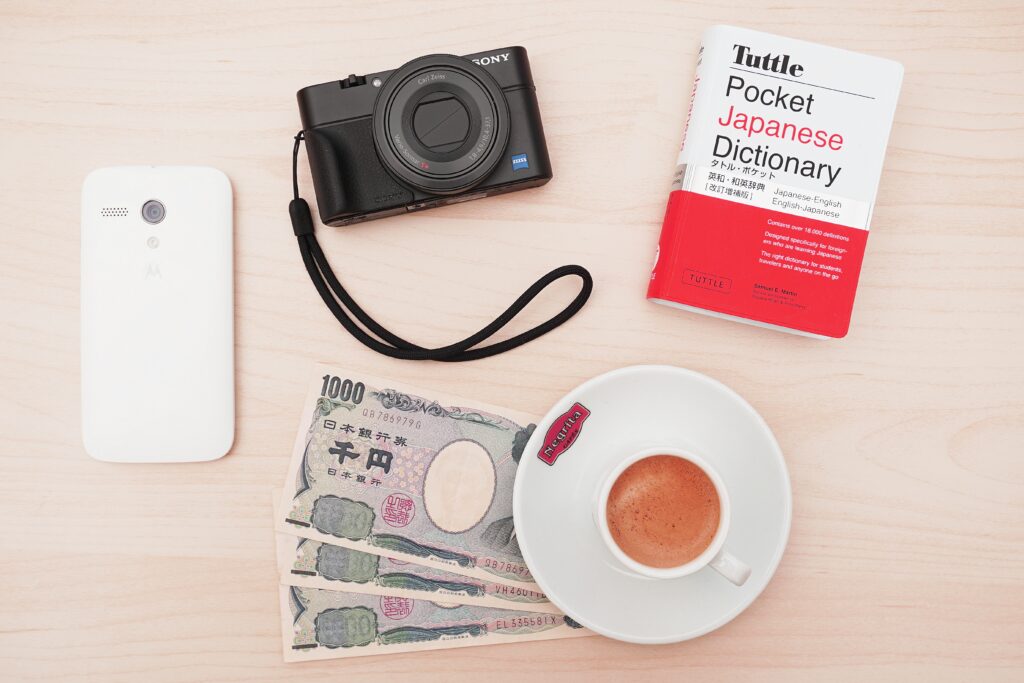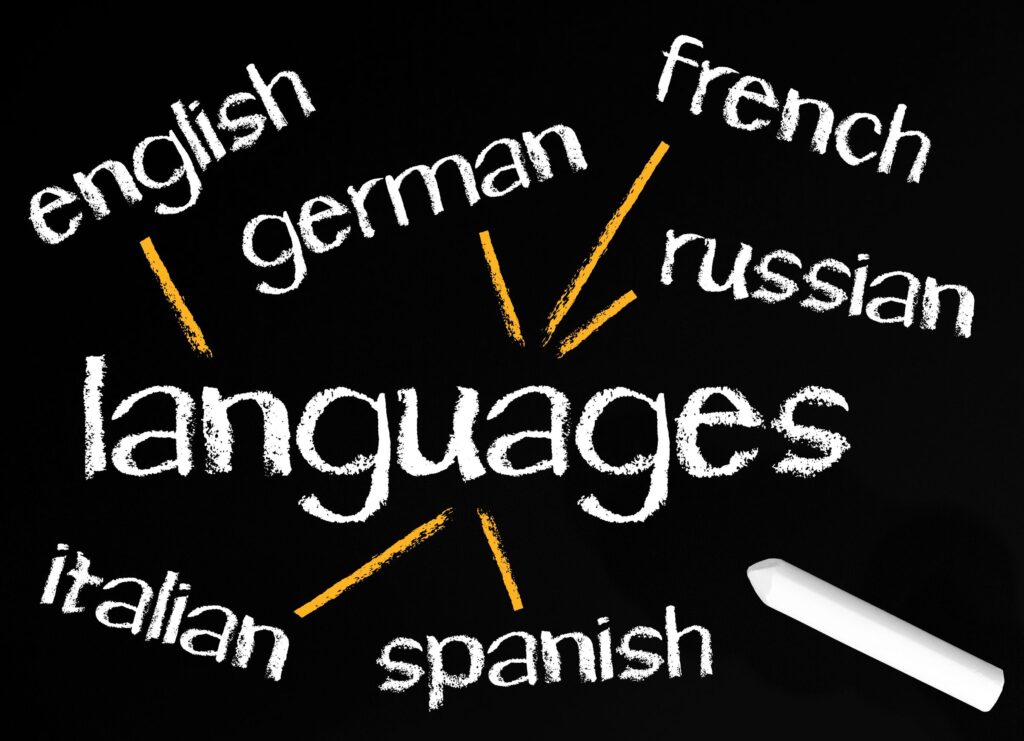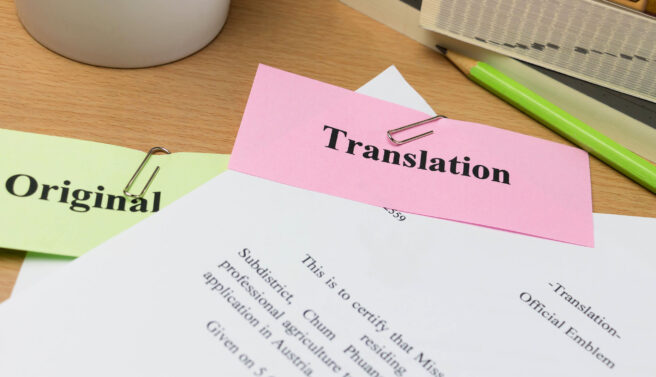Brand translation is one of the most important aspects of expanding your business into new markets. However, it can also be one of the most difficult things to get right. There are many mistakes that can be made when translating a brand, and if they are not avoided, they can have a serious negative impact on your campaign.
In this blog post, we will discuss some of the most common brand translation mistakes, and how to avoid them!
What are brand translations?
Brand translations are the process of translating the name, slogan, and other branding elements of a company or product into another language. This is often done when expanding into new markets, in order to appeal to the local population. However, brand translation can be difficult, as it is important to maintain the original meaning and tone of the brand while also making sure that it makes sense in the new language.
How does brand translation work and what are the benefits for companies?
Brand translation is a process that companies use to expand their reach into new markets. By translating their branding elements into another language, they are able to appeal to a larger audience. This can have a number of benefits, including increased sales and brand awareness. Additionally, it can help to build trust with customers in new markets, as they will see that the company is making an effort to communicate with them in their own language.
Why do companies need brand translation?
There are many reasons why companies may need brand translation.
Firstly, it can help to expand the reach of a company or product into new markets. Secondly, it can make sure that the branding of a company is consistent across all markets in which it operates. Finally, it can help to build trust with the local population by ensuring that the branding is culturally appropriate.
What are the top 10 brand translation mistakes to avoid in localizing campaigns?
Now that we have discussed what brand translations are and why they are important, let’s take a look at some of the most common mistakes that can be made when translating a brand.
Mistake #01: Not Conducting Research
One of the most common mistakes that companies make when translating their brands is not conducting enough research. It is important to research the local market before starting any kind of localization campaign. This will help you to understand the culture, customs, and preferences of the target audience. Without this knowledge, it will be difficult to create an effective campaign.
Mistake #02: Ignoring Cultural Differences
Another mistake that is often made is ignoring cultural differences. When expanding into new markets, it is important to be aware of the cultural differences between the two countries. What may be considered acceptable in one country may be offensive in another. It is important to avoid any potential cultural pitfalls when translating your brand.
Mistake #03: Not Translating Idioms Correctly
Idioms are expressions that have a meaning that is different from the literal translation of the words. They are often used in advertising and can be very effective in getting a message across. However, if they are not translated correctly, they can cause confusion or even offend people. It is important to make sure that idioms are translated accurately before using them in your campaign.
Mistake #04: Literal Translation
Literal translation is where the meaning of a word or phrase is translated directly into another language, without taking into account the context. This can often lead to confusing or inaccurate translations. It is important to make sure that the translation makes sense in the new language, and is not just a direct translation of the original text.
Mistake #05: Using Slang
Slang is informal language that is used by a particular group of people. It can be very effective in marketing campaigns, as it can help to create a more personal connection with the target audience. However, it is important to make sure that the slang terms are translated correctly, as they can often have different meanings in different countries.
Mistake #06: Not Proofreading
Another common mistake is not proofreading the translations before they are published. This can often lead to errors, which can be very costly for a company. It is important to make sure that all of the translated materials are checked by a native speaker before they are used in your campaign.
Mistake #07: Not Testing The Translation
Before launching a localization campaign, it is important to test the translation with a small group of people. This will help to ensure that the meaning is clear and that there are no errors. It is also a good way to get feedback on the translation before it is made public.
Mistake #08: Relying On Technology
Technology can be a great help when translating brands. However, it should not be relied upon exclusively. There are many software programs that can help with the translation process, but they should not be used as the only method of translation. It is important to make sure that the translations are checked by human eyes before they are published.
Mistake #09: Not Updating The Translation
When a brand changes or evolves, it is important to update the translation. This will ensure that the meaning is still accurate and that people are not confused by outdated information. It is also important to keep the translations up-to-date in order to avoid any legal issues.
Mistake #010: Not Working With A Professional Translator
Working with a professional translator can be extremely helpful when translating a brand. They will have expertise in the target language and culture, and will be able to help ensure that the translation is accurate. They will also be able to offer advice on how to avoid any potential mistakes.
Avoiding these ten mistakes will help you create a more effective localization campaign and avoid any costly errors. If you have any questions or need assistance with your own localization project, please contact us today. We would be happy to help!



